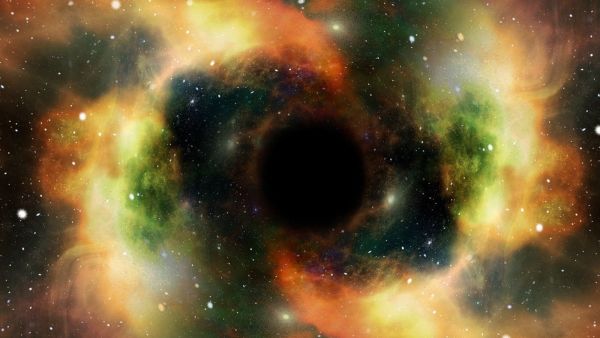
Researchers from Stockholm University’s Department of Astronomy have uncovered a surprising number of black holes in the early universe. This discovery, made possible by the NASA Hubble Space Telescope, identifies black holes within faint galaxies that formed shortly after the Big Bang. The findings contribute to a deeper understanding of the formation of supermassive black holes and their influence on galaxy development. The data derives from extensive observations of the Ultra Deep Field region, collected over several years.
One significant outcome of the research is the identification of supermassive black holes at the centres of galaxies that formed within a billion years after the Big Bang. These black holes possess masses equivalent to billions of suns, significantly exceeding earlier predictions. Alice Young, a PhD student at Stockholm University and co-author of the study published in The Astrophysical Journal Lettersindicated that these black holes either originated as extremely massive objects or underwent rapid growth during the early universe.
The research team conducted repeated observations of the same area using Hubble over multiple years. This approach allowed them to detect variations in galaxy brightness, which indicate black holes flickering as they consume material in bursts. Matthew Hayes, the lead author and professor at Stockholm University, explained that these findings enhance models for understanding the growth and interaction of black holes and galaxies over time.
The research suggests that black holes likely emerged from the collapse of massive stars during the universe’s first billion years. These results offer a refined view of black hole and galaxy evolution, enabling more accurate scientific models. Hayes emphasised the importance of understanding the formation mechanisms of early black holes in the context of galaxy evolution. He noted that integrating these insights with black hole growth models can lead to more grounded calculations regarding galaxy evolution.
NASA’s James Webb Space Telescope continues to observe phenomena that may further elucidate the origins of supermassive black holes following the Big Bang.